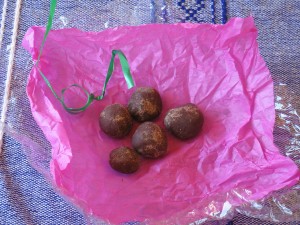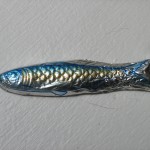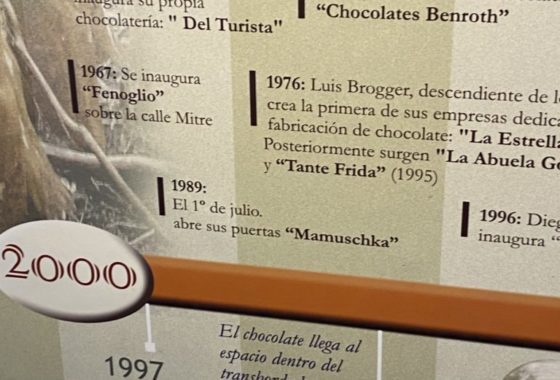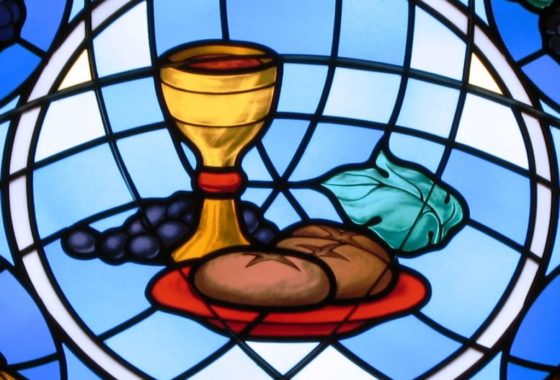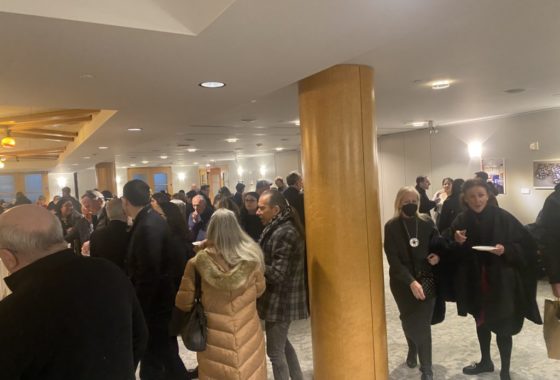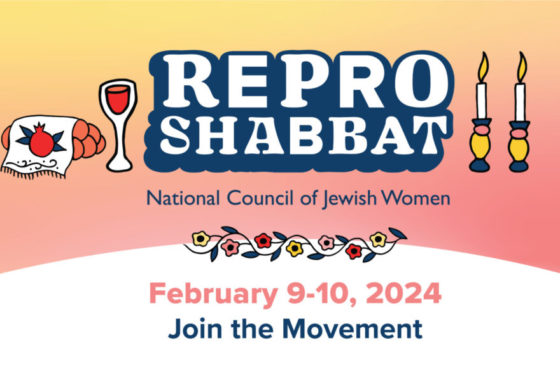Jews Create First Easter Eggs: Really?
Surprisingly, according to some chocolate mavens, it may have been Jews in France, known as expert chocolate makers in Bayonne, France, who first developed chocolate Easter eggs. These, they say, were passed around during church services to provide morsels of sustenance.
Passover and Easter celebrations share an affinity for eggs as they represent of spring birthing and re-birthing. Passover’s egg decorates the ritual Seder plate and recalls the animal sacrifices for Passover offered in the ancient Jerusalem Temple when Passover was celebrated. In Christianity, eggs at Easter recall the resurrection of Jesus. Since eggs were not eaten during Lent preceding Easter the stored-up eggs were especially enjoyed on Easter. Fortunately chocolate versions followed.
Later, English chocolate companies vied for the distinction of making the first Easter egg there. Though Quakers, who founded those companies do not observe Easter, Fry’s saw a business opportunity in producing the first chocolate Easter egg in the United Kingdom in 1873. Cadbury’s website states that it brought out the first chocolate Easter egg in 1905.
The distinction of the first chocolate Easter egg maker may be disputed, as was use of the chocolate beverage during Lent. In the earliest days of chocolate use in Europe it was to alleviate thirst. Further, this argument went, Christians drank wine during fasts, so chocolate drinking should be permitted. However, if the chocolate was intended as nutriment, as when mixed with milk or bread, it should not be permitted. Finally, in 1666, the Holy Office ended the debate, determining that chocolate drinking during Lent was to be strictly limited to that made only with water and without sugar or milk. The earliest sips of chocolate generated some controversy.
Today’s Guatemalan Lenten customs also connect to chocolate. During the days leading up to Easter week, drinking chocolate is preferred to coffee. On the Wednesday of Holy Week known as Semana Santa, young men customarily pilgrimage to the coast’s ancient cacao groves to gather cocoa pods and cocoa branches to decorate the town.
In France prior to Easter, fish-shaped chocolates are abundantly available. While no one could explain this to us, I figure that Jesus and fish were associated through the miracles of the fish. Also, the Greek letters for the word for “fish” relate to an acrostic referring to Jesus as messiah. Fish come to symbolize Jesus.
To round out the story of chocolate and Easter–origins of chocolate eggs, Lenten customs, the French chocolate fish–the 20th century Orthodox Jewish owned chocolate company, Barton’s, produced Easter eggs. And, they were kosher!
I hope that you enjoy whichever version or shape chocolate you may be tasting today.
Recent Posts
-
On the Chocolate Trail in Bariloche, Argentina
In March, Mark and I finally extended our chocolate trail explorations in celebration of our special anniversary to Bariloche…via Miami, Buenos Aires, Ushuaia, Antarctica, and Buenos Aires again. There were international flights, a cruise, a couple of domestic flights to get there. All of the travel was amazing, but Bariloche, sometimes called the chocolate capital
Read more › -
Sunday Yeast Polemics: On the Bread Trail
Leavened bread or not? While some of us may think of Passover, the question applied to Eucharistic bread and created significant division in the early Christian Church. The leavened bread for Sunday use was often baked at home by women. Over time, preferences shifted to clergy, church-produced, breads… and, the Eastern Orthodox Church preferred a
Read more › -
Sweet Treat: Chocolate and the Making of American Jews
You may wonder: how did chocolate help define American Jews? Through chocolate, we see that Jews were part of America since its earliest days. Well, since 1701 at least, Jews in the Colonies made part of their living through chocolate. Several Sephardim, leaders of their New York and Newport Jewish and secular communities, participated in
Read more › -
How About Some Uterus Challah?
When Logan Zinman Gerber felt enraged about the loss of reproductive rights in the U.S., she baked challah. Not any challah. She shaped it into a uterus. It wasn’t long after the birth of her daughter that Gerber, a longtime challah baker and staff member of the Religious Action Center of the Reform movement, considered
Read more ›
Some Previous Posts
(in alphabetical order)
- "Boston Chocolate Party" Q&As with Deborah Kalb
- 2022 Media for The "Boston Chocolate Party"
- A Manhattan synagogue explores the rich, surprising history of Jews and chocolate
- About Rabbi Deborah Prinz
- Baking Prayers into High Holiday Breads
- Boston Chocolate Party
- Digging into Biblical Breads
- Exhibit Opens! Sweet Treat! Chocolate & the Making of American Jews
- For the Easiest Hanukah Doughnuts Ever
- Forthcoming! On the Bread Trail
- Funny Faced Purim Pastries
- Good Riddance Chameitz or, The Polemics of Passover's Leaven
- How About Some Uterus Challah?
- Injera*
- Jewish Heritage Month: Baseball & Chocolate!
- Matzah - But, the Dough Did Rise!
- Plan a Choco-Hanukkah Party: 250th Anniversary Tea Party
- Prayers Into Breads
- To Shape Dough: A Trio of Techniques
Archives
2025
▾- All
2024
▾- January
- February
- March
- May
- July
- All
2023
▾- March
- April
- May
- June
- August
- November
- December
- All
2022
▾- February
- April
- November
- December
- All
2021
▾- March
- April
- October
- November
- All
2020
▾- April
- May
- June
- October
- December
- All
2019
▾- January
- February
- April
- May
- July
- August
- September
- October
- December
- All
2018
▾- February
- March
- April
- May
- July
- September
- October
- November
- December
- All
2017
▾- January
- February
- March
- July
- September
- October
- November
- December
- All
2016
▾- January
- February
- March
- May
- July
- August
- October
- November
- All
2015
▾- January
- February
- March
- May
- June
- July
- September
- November
- All
2014
▾- February
- April
- May
- June
- August
- September
- November
- All
2013
▾- March
- April
- May
- June
- July
- September
- November
- All
2012
▾- January
- February
- March
- April
- September
- October
- November
- December
- All
2011
▾- April
- July
- August
- October
- November
- All
2010
▾- January
- February
- April
- July
- August
- September
- October
- All
2009
▾- January
- June
- July
- August
- October
- All
2008
▾- August
- September
- October
- November
- All
2007
▾- January
- June
- July
- All
2006
▾- November
- December
- All
